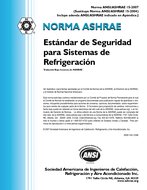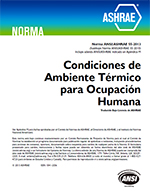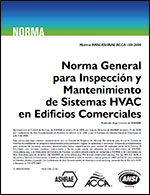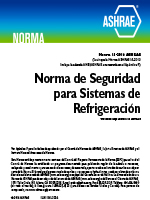Description
This paper investigates the effect of daylight saving time on lighting energy consumption, and in particular, lighting in commercial buildings with daylight responsive lighting controls. Daylight saving time was enacted in 1966 in the United States in order to reduce energy consumption in buildings. The main premise of enacting daylight saving time in 1966 was to reduce lighting energy consumption in buildings as they run for fewer hours in the evening between when occupants return home from work and go to bed. Daylight saving time has subsequently been modified two times since 1966 with the most recent change coming in the Energy Policy Act of 2005 which increased daylight saving time by approximately one month. Utilizing the Commercial Reference Building Models created by the US Department of Energy, energy consumption for small, medium, and large office buildings in all sixteen US climate zones are estimated for the Uniform Time Act 1966 (UTA 1966) daylight saving time (1966 to 1986), the Uniform Time Act 1986 (UTA 1986) daylight saving time (1986 to 2006), the current daylight saving time (2007 to current day), and for no daylight saving time. Each building is simulated with timeclock only controls for lighting, two step daylight responsive lighting control, and continuous-off daylight dimming lighting control.
The results of the simulations show first that daylight dimming in these typical building models estimate 16-24% lighting energy savings for a typical office building depending on the type of dimming. Second, typical office buildings with daylight dimming consume less electricity for lighting annually under a scenario with daylight saving time (0.15%-0.67% per building) as compared to no daylight saving time. Furthermore, there is a steady downward trend of lighting energy consumption seen from no daylight saving time to the current daylight saving time. This means that subsequent changes to daylight saving time from 1966 to present results in greater energy savings for daylight dimming controls. The largest increase in lighting energy savings per building of 0.64-0.67% is from no daylight saving time to UTA 1966. Subsequent changes to UTA 1986 and current daylight saving time result in smaller lighting energy savings of approximately 0.04% respectively per building.
Citation: Second International Conference on Energy and Indoor Environment for Hot Climates, Doha, Qatar, February 2017
Product Details
- Published:
- 2017
- Number of Pages:
- 8
- Units of Measure:
- Dual
- File Size:
- 1 file , 710 KB
- Product Code(s):
- D-HCC17-20




